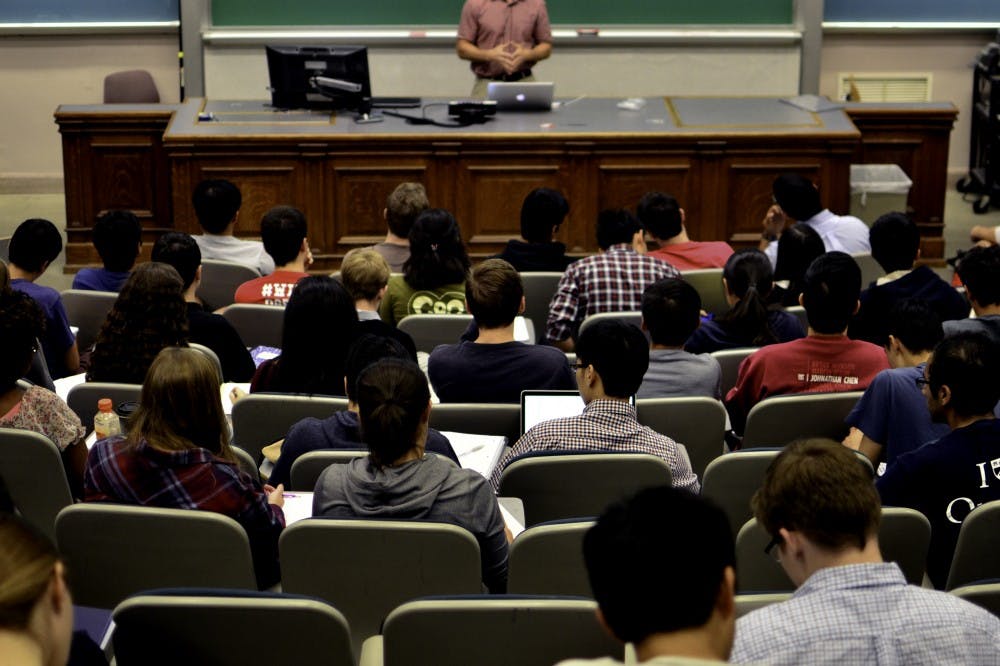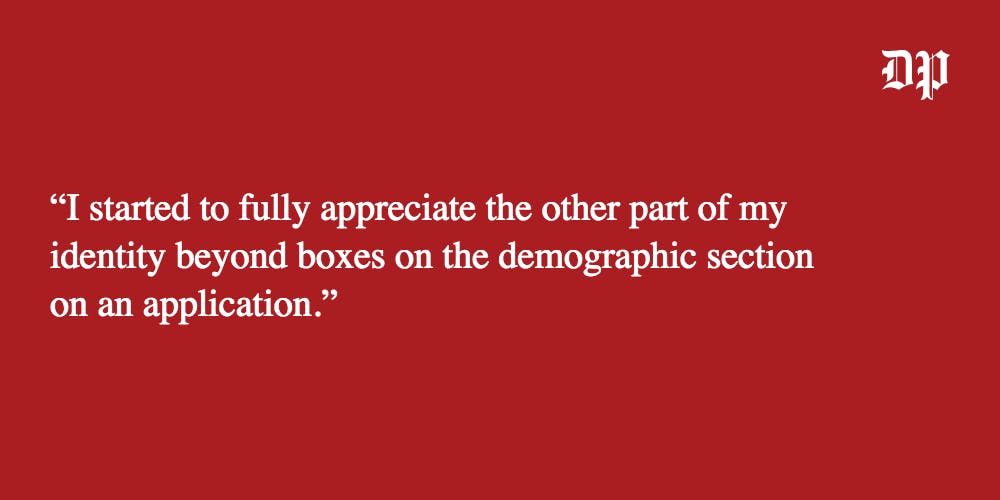
What started as a class double counting for History and Tradition and Cross Cultural Analysis, “Introduction to Modern India” has become part of a greater journey of understanding who I am and what values I stand for.
Growing up in the United States, being Indian and American were dualistic parts of my identity. But there was an imbalance, because I knew one so much more than the other. My Indian identity was on paper. Still, if someone had asked me to explain Indian politics, or history, or to write in my native language, I would probably respond with a blank stare.
My parents have always told me to hold on to one’s culture and make sure it’s passed down. I was reassured that these cultural values would help me face any challenge I faced. Yet, I sometimes questioned the benefit of learning more about my identity. Sometimes it’s much easier to be like everyone else in the room. Sometimes it’s easier to not draw attention to yourself. Sometimes it’s easier to avoid becoming a target of harassment. It’s easier to not challenge the status quo.

In a time when there is increasing globalization and cultures are being homogenized, it’s easier for many identities to be overshadowed. It becomes that much more important to study and embrace them. Even if not your own culture, then learning about another culture is an amazing experience. Beyond learning about customs and practices, you will gain skills that help you in whatever field you choose to go into. Although there are innumerable skills that can be gained from critical thinking and analysis to attention to detail, there is one that stands out among the crowd: empathy.
The more South Asia studies classes I have taken, the more I have learned about the history of my ancestors. And it was through this that I started to fully appreciate the other part of my identity beyond boxes on the demographic section on an application.
Education in high school is pretty standardized. We learn history from one perspective. But there are so many other moving parts in history and other cultures that are pieces of the puzzle. Taking these classes has allowed me to learn about why certain cultural traditions have been passed down and why certain rituals are performed.
It’s allowed me to learn about the history of India from the seeds of the Indus Valley civilization passing through colonialism to the current state it is now and the political intricacies at play. I have seen how prominent works of literature in Mahabharata and Ramayana have come to play a significant influence in cultural tradition and practices. It’s given me answers to questions that I had always wondered: Why does India have so many languages — 23 official and 121 languages with more than 10,000 speakers? Why are there so many sects of Hinduism?
It has given me answers to some of the questions I have always had. But it has also opened doors to learning about other cultures.
Cultural studies in general allows you to understand how other people think, their philosophies, and why they practice certain traditions in the manner that they do. Empathy is a skill that can be improved and one that is needed even more in this day and age when it is constantly threatened.

JAY SHAH is a College senior from New Hyde Park, N.Y. in the Biological Basis of Behavior Program. He is the former Vice President of the Undergraduate Assembly. His email is shahjay@sas.upenn.edu.
The Daily Pennsylvanian is an independent, student-run newspaper. Please consider making a donation to support the coverage that shapes the University. Your generosity ensures a future of strong journalism at Penn.
Donate




